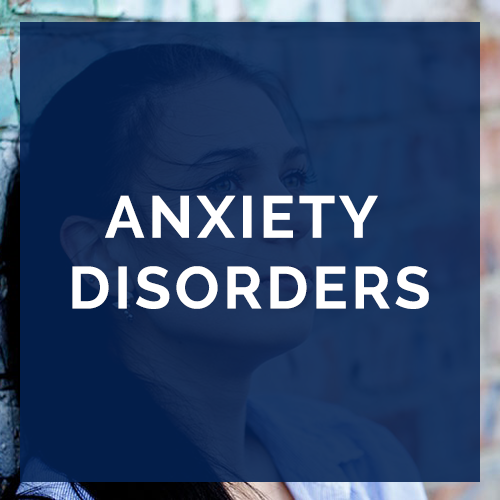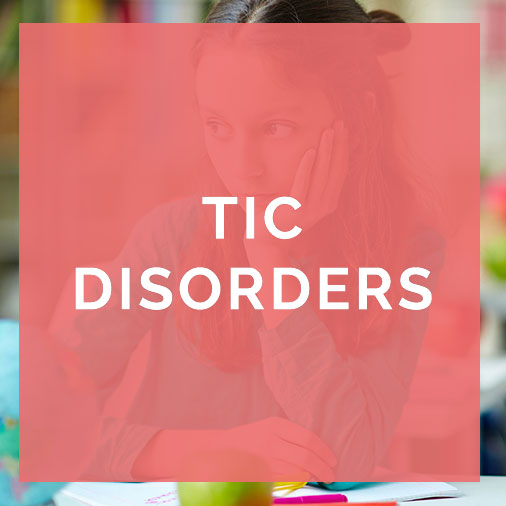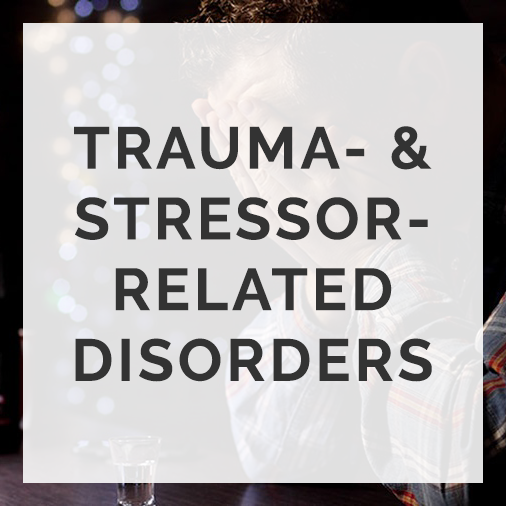
Tic Disorders
According to the most current edition of the Diagnostic & Statistical Manual of Mental Disorders, a tic is described as, “a sudden, rapid, recurrent, non-rhythmic motor movement or vocalization”.
There are three diagnostic categories for tic disorders, all of which require the presence of single or multiple tics with an onset prior to the age of 18. The differences between each diagnosis depends on the length of time the tics have persisted and the type of tic.
Tourette’s Disorder
The distinguishing feature of Tourette’s disorder is that the tics must have persisted for more than 1 year since the initial onset but may wax & wane in frequency over the course of time. The tics must be motor, but the person must have experienced at least one vocal tic at some point during the course of the illness.
Persistent (Chronic) Motor or Vocal Tic Disorder
People who meet criteria for a diagnosis of persistent tic disorder experience single or multiple tics for more than 1 year since the initial onset, but the tics must be motor OR vocal, not both.
Provisional Tic Disorder
The difference between a provisional diagnosis is that the tics have been present for less than 1 year since the person experienced their first tic.
Many people report a physiological urge or sensations (premonitory urge/sensations) just prior to the occurrence of the tic. Quite often, the individual will try to resist the tic, which may intensify the physiological sensations. The performance of the tic satisfies the urge/sensation resulting in immediate relief.
Common Types of Tics May Include (but are NOT limited to):
- Eye blinking & eye movements
- Nose, mouth & other facial movements or expressions
- Head, shoulder, arm, hand, leg, foot or toe movements
- Abdominal tensing, abnormal postures, bending, rotating, etc.
- Touching, tapping, grooming & straightening/evening up
- Obscene gestures
- Vocal sounds, noises, coughing, throat clearing, sniffing, syllables or words, etc.







 The Maryland Anxiety Center was founded by Andrea G. Batton, LCPC with a vision of creating a practice where clinicians and staff work cohesively and collaboratively with patients to provide optimal psychological care. The Maryland Anxiety Center specializes in the treatment of anxiety and related disorders from a cognitive behavioral perspective, the gold-standard and most effective treatment for such conditions.
The Maryland Anxiety Center was founded by Andrea G. Batton, LCPC with a vision of creating a practice where clinicians and staff work cohesively and collaboratively with patients to provide optimal psychological care. The Maryland Anxiety Center specializes in the treatment of anxiety and related disorders from a cognitive behavioral perspective, the gold-standard and most effective treatment for such conditions.